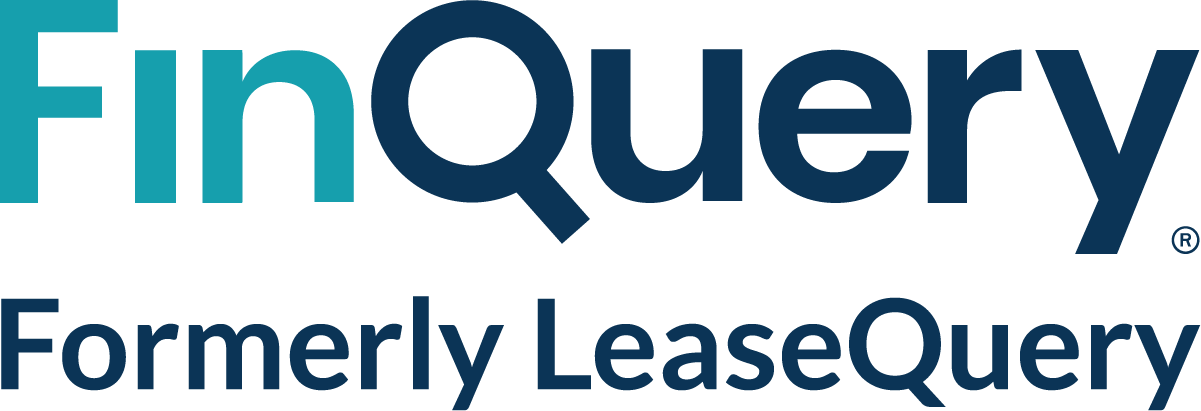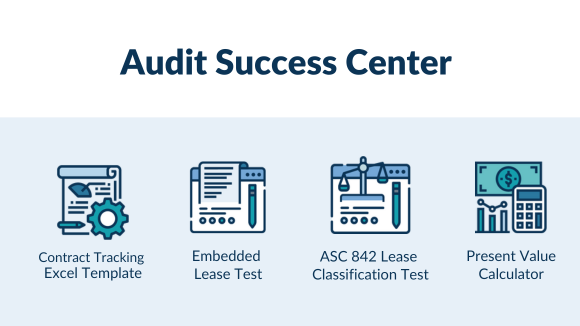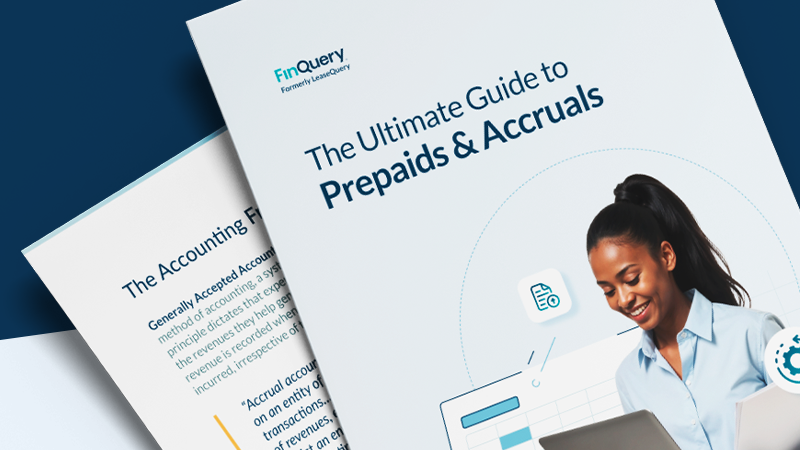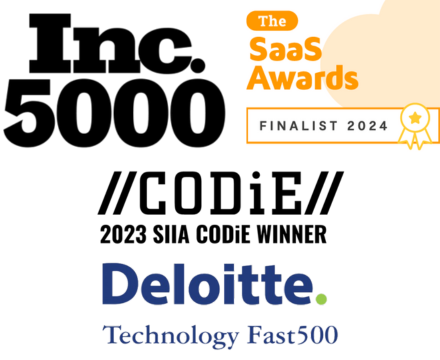It’s that time of year for accountants and finance professionals – the calm before the storm. The auditors left their PBC list when they were doing some interim work in November. If you can just pull together all the various contracts and supporting documentation they will need to complete this year’s audit, you’ll have one large task off your plate when everyone comes back to work in January.
The problem: Managing your contracts
As you begin rounding up all of the financial information to prepare for year-end, are any of these familiar scenarios buzzing around in your head?
- First, we have all the leases – that one is easy. Those were pulled together during the adoption of ASC 842 and now every lease agreement and amendment is easily accessible in the lease accounting software we implemented during transition – done ✓.
- Next, the debt agreement. I know legal was working on an amendment this year. Maybe someone in legal or finance has a copy. What about the original agreement? The auditors always need to review that. I know we found it for them last year. Now where did it go…
- Ok, who can I reach out to for copies of our insurance contracts? We have some large liabilities recorded for insurance that we always have to walk through with the new staff. Was there a new contract signed for insurance this year? I don’t recall.
- Let me just make a note to reach out to IT when we get back in the office. We have quite a few prepaids recorded for some of our larger software subscriptions. I better get copies of those contracts as well.
If you’re asking yourself any of those questions, you’re in the right place. It is not uncommon for companies to have a myriad of financial contracts, all with different homes and owners. One silver lining from the adoption of ASC 842 is that at the very least, your lease contracts are all cataloged. You know exactly where all of the agreements and amendments are. The terms and conditions were all reviewed when you calculated your lease liabilities and ROU assets.
What if there was a way to manage financial contracts like you manage leases? Excel is a great starting point offering records for:
- Each contract
- Where a copy is stored
- Who the owner is
- The general idea of the terms and conditions
However, if lease accounting taught us anything, it’s that Excel is far from foolproof.
Excel can be great for a general listing of contracts, leases, or files, but it lacks certain features and functionality that are key to managing financial contracts and related tasks. Excel’s lack of features include:
Version control
Knowing how up-to-date the spreadsheet is, when it was last updated, and by whom. Nothing is stopping Bob from the legal department from making his own copy to take notes in and failing to record contract updates in the original/master file. Not to mention how much it messes everyone up when someone leaves a filter on because they were searching for something.
Central repository
Excel can keep a record of each contract and where it is stored, but it can’t be the repository or folder where the contracts are kept. To access the contract, you have to find the location from your spreadsheet and then either follow the link or the directions to access the actual document – and that’s not even considering the contact may have not been scanned and converted to a digital file vs a hard copy filed away in someone’s office or offsite storage.
Critical date reminders
The contract listing in Excel can include various information and important dates such as contract commencement, the termination date, the length of the term, and the renewal options. However, if you want to ensure you don’t forget to renegotiate the terms before termination or research some alternatives before automatic renewal, you must remember to set reminders in your calendar or email.
Collaboration
You’ve told IT, procurement, legal, and facilities you are keeping a spreadsheet of all the important financial contracts. They are also keeping their own spreadsheets because they want to track specific information. Updates are always made to their respective files first, and sometimes, unprompted, they remember to update the master spreadsheet, but not often.
The solution: Software for contract management
Much like lease accounting software, contract management software exists to manage post-signature financial contracts. It does everything an Excel spreadsheet of agreements does – and so much more.
Contract management
A contract management solution can help with document management, and provide more than just a listing of your contracts. The software can be used to do the following tasks:
- Add or upload new contracts and the related documents
- File, tag, and organize contracts
- Bulk upload contracts
- View, filter, and search contracts
- Send critical date alerts for terminations, renewals, or other upcoming events
Efficient data entry
Software can provide efficiency by offering AI-assisted extraction of key information including basic fields and common clauses. A contract management solution also provides efficiency with automation, allowing users to set up workflows that create new records from an email, invoice, or purchase order, removing manual data entry.
Visibility
A central repository for all financial contracts provides a single source of truth for the entire company. Using proper software gives your accounting, finance, and legal teams higher visibility into contracts being signed, expiring, renewing, etc. to inform better business decisions and keep the organization on the same page.
Reporting and forecasting
A software solution beyond Excel can easily map out cash flows for your financial contracts, putting all payments and expenses in one place. Centralized and secure contract data also allows for quick and accurate reporting, budgeting, and forecasting. Easily compile information for regular financial reporting or answer ad hoc requests.
Summary
If you are currently tracking your financial contracts in a spreadsheet like Excel, consider looking into a more secure and purpose-built software solution for a wide variety of features that offer efficiency, visibility, and collaboration.









